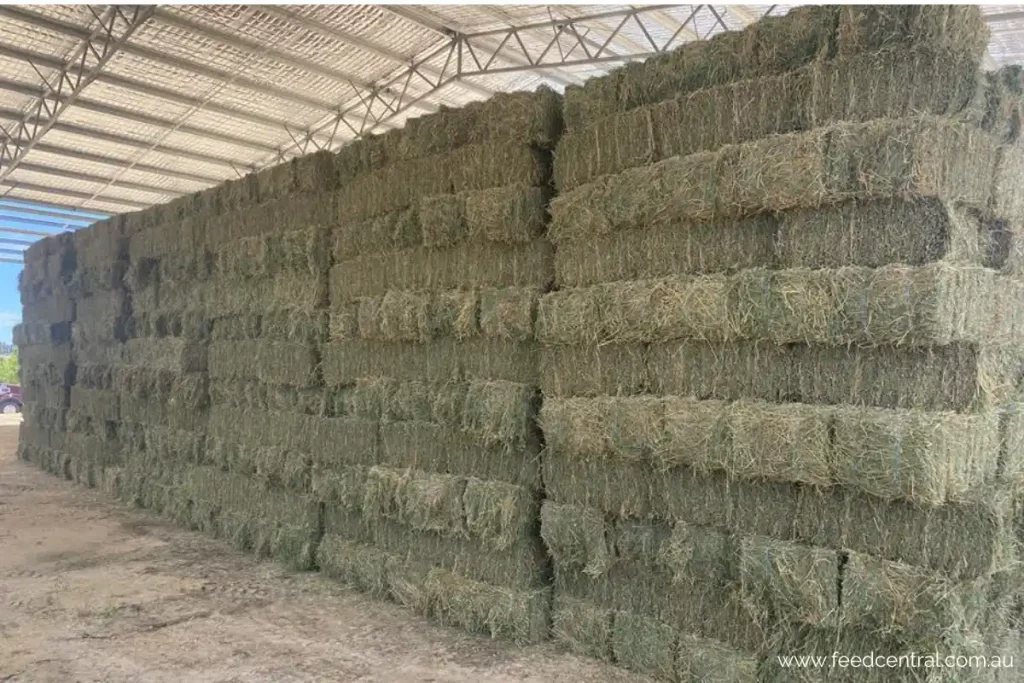For lactating dairy cattle, potassium is an imperative nutrient that optimizes milk production.
The Nutrient Requirements for Dairy Cattle from the National Research Council indicates that extreme potassium deficiency in lactating cows (defined as 0.06% to 0.15% potassium in the diet on a dry matter basis) results in a decrease of potassium in plasma and milk, and a substantial reduction in feed intake decreased weight gains and diminished milk production.
It is therefore important that we provide an adequate level of potassium to dairy cows to meet nutritional and welfare goals. According to Dr. Dan Undersander, an extension and research forage agronomist with the University of Wisconsin, the degree of potassium required varies depending on whether or not the cow is dry or lactating and whether or not the cow is close to calving.
In a dry cow we’d like to see the potassium degree level in the hay in the 2-2.5% range,” he explains. “But we want potassium degrees levels above 2.5% up to 4% when they’re milking.
When Potassium is Needed…and When It Isn’t
Providing a higher level of potassium in early lactation diets (<75 days of milking) is important. Research suggests that cows can frequently be poor in potassium in their early lactation period as this cohort excrete more potassium than in other lactating phases. Increasing the level of potassium in the diet at this early lactating phase, studies suggest that this can help improve milk production, milk fat production, and composition.
While higher potassium levels are important to optimize milk production and quality at many stages of a dairy cow’s life, there is one crucial stage where low potassium diets are favoured: in the weeks preceding calving.
In the 3-6 weeks just prior to calving, massive quantities of calcium are transferred from the cow’s blood to her mammary gland to be part of the colostrum the calf requires after birth. A high potassium diet (a cationic diet) increases a cow’s blood alkalinity, which interferes with this calcium mobilisation and absorption. This leaves the cow vulnerable to hypocalcemia, or milk fever, and is a major cause of downer cows. It is essential that potassium levels are not excessive at this time prior to calving.
How to Influence Potassium Level In Forages
Undersander and others emphasize that, whilst it takes planning and effort, it is possible to produce a supply of low-potassium forages that dry cows require.
Some suggestions include:
• Soil testing – High-producing fields must be sampled each year, due to the fact that nutrient composition rapidly changes in these type of fields, and potassium levels in forage will correspondingly fluctuate.
• Plant testing – Discover which fields produce high potassium forages suitable for cows in their early lactating phase, and which fields produce the lower potassium fodder required in the dry cow diet during the pre-calving stage.
• Early vs Mature cuttings – A young plant has a greater mineral content material than a more mature plant. By cutting hay at a more mature stage, you will have a correspondingly lower potassium level than an earlier cutting.
• Cutting height of lucerne – Potassium tends to accumulate at higher concentrations in the stems than the leaf of lucerne, especially in the higher stems.
• Rain Affected Hay – As potassium is a water-soluble mineral, hay that has been rained on will have had potassium leach out of the product.
• Fertiliser – Potash fertilisers provide a high-quality source of potassium to crops. Potassium is a key nutrient required for optimal stand health, quality, and yield in lucerne crops.
Quality Lucerne Hay from Feed Central (pictured below), is vital to aid in Potassium intake for Dairy Cattle.
Undersander and others emphasize that, whilst it is essential to grant low potassium (anionic) diets for the duration of the pre-calving period, cows should be returned to a higher potassium cationic food regimen diet directly after calving.
Once the calf is born and the cow is past the window of time where she might contract milk fever, it’s essential to begin feeding a cationic diet,” Undersander explains. “Potassium is fundamental straight away after calving. It helps enhance and improve milk and milk fat production, especially during early lactation.
Research posted in the October 2012 issue of Professional Animal Science suggests that high-producing dairy cows are regularly poor in potassium, especially for the first 10 weeks of lactation. So offering diets with excessive increased potassium is important, to overcome this deficiency, and to enhance milk and milk fats production. This same study demonstrated that early lactation cows were consuming less feed than cows in mid-lactation, which further stresses the importance of providing a high-potassium diet in the early phase of lactation.
Why is Potassium Important?
Cows lose an enormous quantity of potassium via the production of milk every day. It is vital to replace this key nutrient by way of a high-potassium feed.
1. Recent research has linked insufficient dietary potassium to displaced abomasums (twisted stomachs) in dairy cattle. This is possibly due to the relationship between potassium and the contraction of the abomasal muscles.
2. Potassium is involved in many biological processes in the animal; including cardiac, skeletal, and smooth muscle function, the transmission of nerve impulses, the maintenance of osmotic potential, cellular metabolism, and kidney function.
